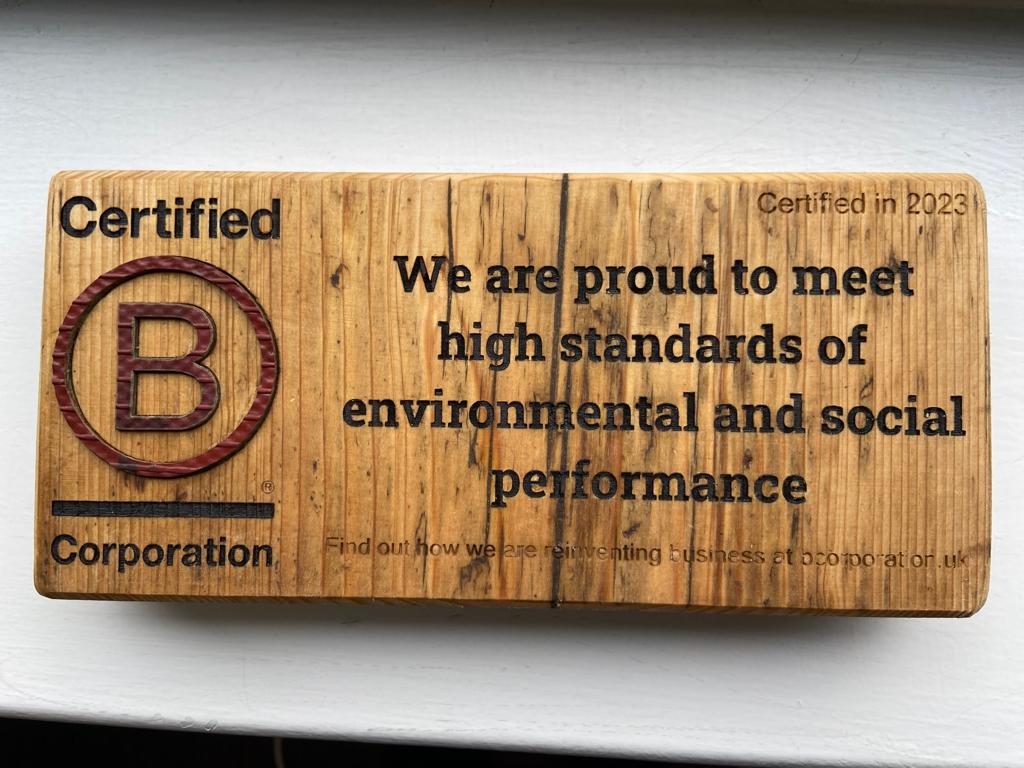You can’t do it on your own
Over the coming weeks we will be sharing the 5 critical transformation activities all organisations must consider if they wish to achieve high performance. The fir| |st key activity is the focus of this posting.
But, firstly, there are many traps that business people almost unwittingly fall into.
All too often we see business leaders convince themselves that they do not need to change and that their current ways will get them towards high performance. Wrong!
Again, all too often, leaders dodge making the tough decision about performance managing colleagues who are not delivering the desired results. Wrong!
Or, as recruiting people becomes more difficult, a leader “settles” for a management appointment in the absence of suitable alternatives. Wrong!
We argue that you hang out for the right individual, i.e. get the right person on the bus then get the right person on the right seat on the bus.
Finally, too many leaders do not spend time in creating a shared vision and values that the organisation can understand and embrace. Wrong!
High performance, best-in-class, first-class or world-class are weasel-word terms but high performance is something that we suggest that the leader wrestles with and defines for their business especially if they are driving towards being number 1 or 2 in the market segments that they operate in. This is important strategically especially in achieving [sustainable] competitive advantage.
One of the most important things we get business leaders to reflect on is where their business is now and where they want their business to go to. We encourage the leader to visualise “high performance” and get them to describe what that looks like. From there, we explore what to do and how to do it.
Of course, for many leaders, their company is not a high performing business currently. Therefore, a “transformation” is required. From experience, we have found that there are five critical elements. In this posting we discuss one which we believe is the most important one - self-awareness and building the team, especially the Top Team (the senior management team).
The first thing the leader needs to do is look at themself personally and critically consider if they can change and drive towards high performance. This sounds easy but in practice it is difficult to do.
The next thing the leader needs to realise is that they cannot do it on their own – they need to build a Top Team. If there is already a Top Team in place then the leader needs to assess if the team members can also deliver “high performance”. If not, then they must be changed.
One of the first things that Jack Welch, 20th Century Greatest Business Leader, did was change his Top Team at GE. He knew that as well as they had done previously, they could not deliver the next level of change and high performance. That’s gutsy.
Finally, together with the Top Team, the leader needs to create the purpose, vision and values for the organisation. There needs to be a shared vision and sense of direction.
Purpose, vision, values and creating high performance are subjects we explore on our leadership and business development program, LEAD™.
As you ponder the opportunities and challenges you are currently facing, why not get in touch to find out more about LEAD™ and how we may be able to help you. Our next program starts in November.
Keep up-to-date on the latest leadership and management tips by signing up to our weekly blog here




